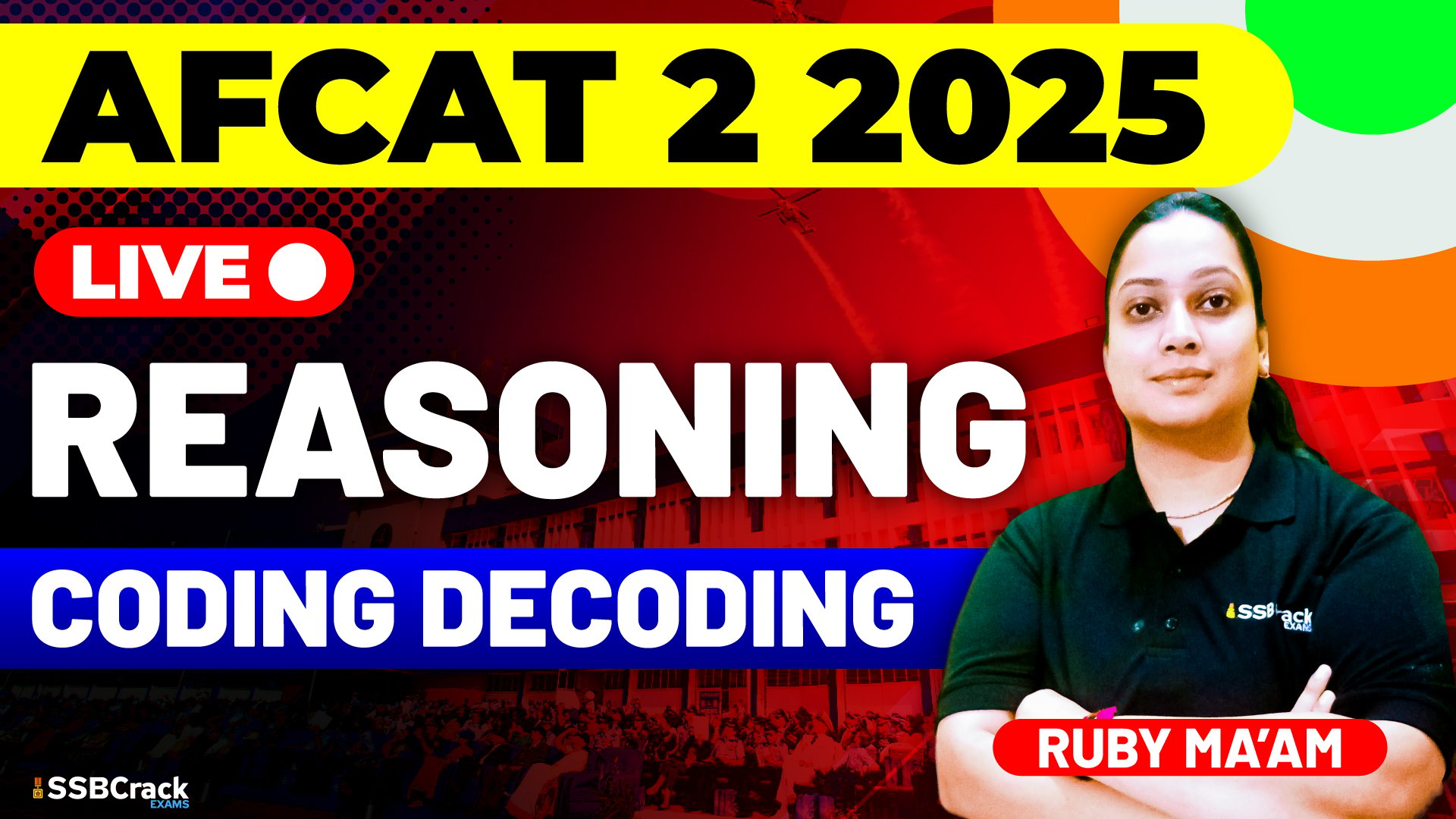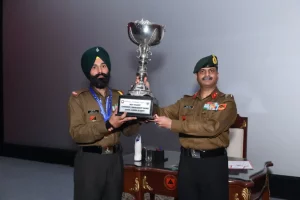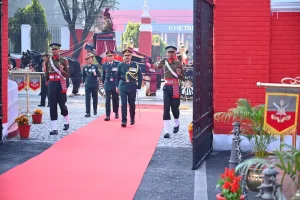Air Force Common Admission Test (AFCAT) is a gateway for aspirants who wish to join the Indian Air Force as commissioned officers in Flying, Ground Duty (Technical), and Ground Duty (Non-Technical) branches. Among the various sections in the AFCAT exam, Reasoning and Military Aptitude Test (RAT) plays a critical role, and within this section, Coding and Decoding is a prominent topic that demands attention and consistent practice.
What is Coding and Decoding?
Coding and Decoding refers to a type of logical reasoning question where a word, number, or group of symbols is encrypted following a specific pattern or logic, and candidates are expected to either decode it or apply the logic to new elements. These questions test a candidate’s analytical thinking, attention to detail, and pattern recognition ability.
Why is Coding and Decoding Important for AFCAT?
- High Scoring Potential
Coding and Decoding questions are often direct and rule-based. Once the pattern or logic is identified, the question becomes simple to solve. This makes it a high-scoring area in the Reasoning section if approached correctly. - Regularly Asked Topic
In almost every AFCAT paper, at least 4–6 questions from Coding and Decoding are featured. This makes it a frequently tested topic, and mastering it can improve your overall score significantly. - Time Efficiency
Compared to other complex reasoning types like puzzles or seating arrangements, Coding and Decoding questions can be solved in less than a minute if well-practiced. This helps in time management during the exam. - Tests Logical Thinking
These questions test how effectively you can deduce patterns or relationships in information. This mirrors the decision-making and quick thinking required in real-life Air Force operations. - Boosts Confidence
Attempting and solving Coding and Decoding questions correctly gives a sense of achievement and boosts confidence early in the reasoning section, helping aspirants perform better in the rest of the paper.
Types of Coding and Decoding Questions in AFCAT
- Letter Shifting: Based on position changes in the alphabet.
- Number Coding: Conversion of words into numbers and vice versa using patterns.
- Substitution Coding: Words are replaced with other words or symbols.
- Chinese Coding: Words are coded in sentences and candidates must find the code for a new word using logical elimination.
- Mixed Letter Coding: A mix of letter and symbol replacement based on a given code.
How to Prepare?
- Understand the Basics: Learn the alphabetical positions and common coding patterns.
- Practice Regularly: Use previous years’ AFCAT papers and mock tests to build familiarity.
- Speed and Accuracy: Practice with a timer to improve speed while maintaining accuracy.
- Revise Patterns: Keep a note of frequently occurring patterns and logics.
Conclusion
Coding and Decoding is not just a chapter in your syllabus—it is a tool to sharpen your analytical skills and mental alertness, qualities essential for every officer in the Indian Air Force. With regular practice and smart strategies, you can master this topic and gain a competitive edge in the AFCAT exam. Don’t underestimate its simplicity; instead, use it as a scoring opportunity to boost your selection chances.



















